Wednesday walk: The Walk Around Stemnitsa Mountain Village
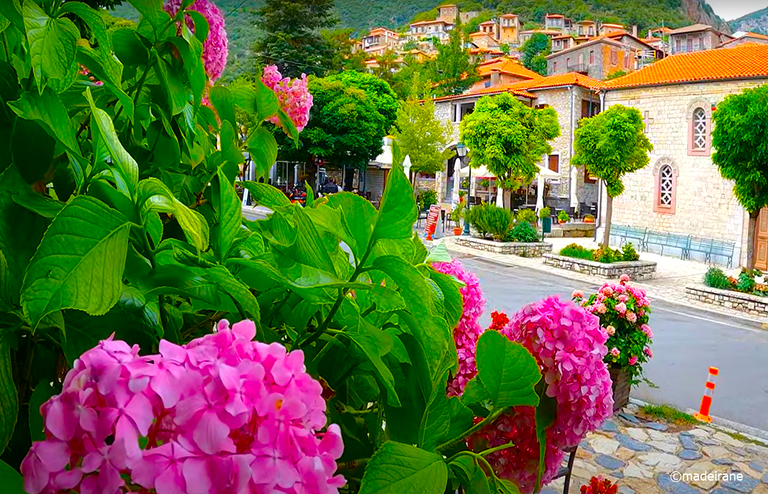
If there is something great happening in your life, it always passes too quickly. Whatever: journey, meetings, good movie or book. Everything... You just have to get involved, and after a moment you get upset - it's all over. Only memories remain. And those memories are often the most wonderful things in life. So let's create more great memories for the future bad days.
We finally decided to stay here till the end of summer. We will stay longer, but in September our son starts his first class at school, so nomad life should end. At least for some time.
But let's find some great place and start Wednesday walk again. We did chose Arcadia. Having left warm, sunny Xylokastro with orange trees and a sea in which we could swim even in January, we began to move west towards the center of the Peloponnesian Peninsula and climb higher into the mountains.
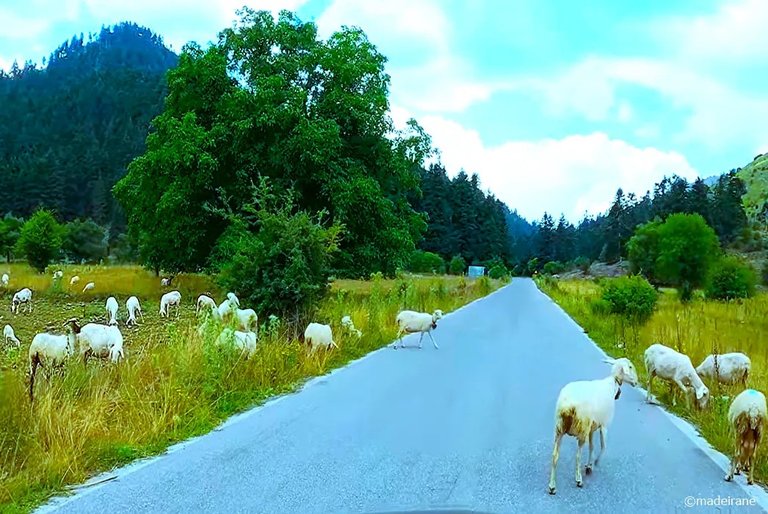
So, our path today lies in Arcadia - the cradle of the Greek War of Independence. River, sparkling at the bottom of the gorge, ancient temples and many monasteries make this land holy. Charming medieval towns and villages with tiled roofs, high mountains and the picturesque Lousios gorge with ancient monasteries on the rocks - a unique, almost mythical place in the heart of the Peloponnese await us.

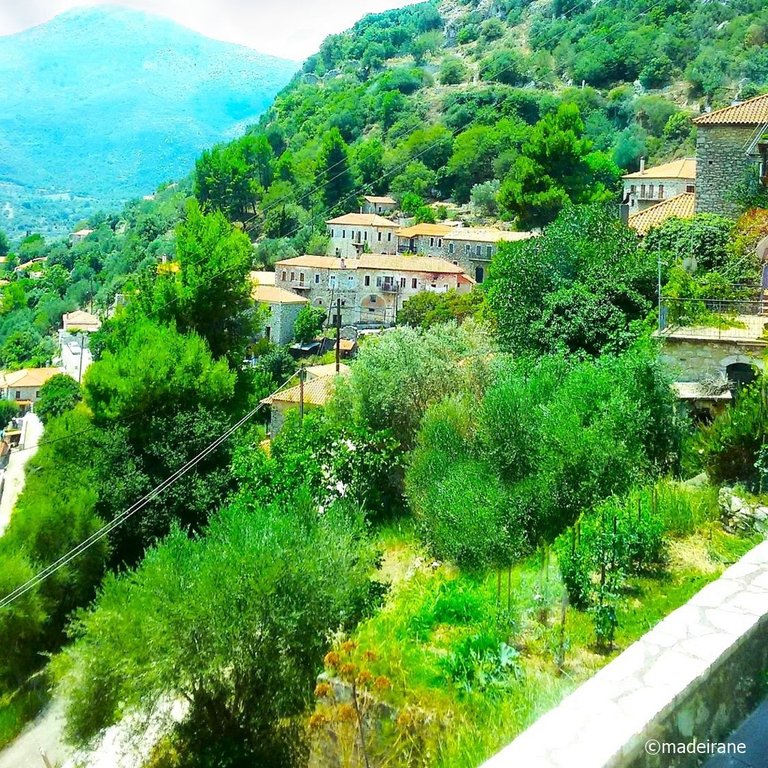
Almost all that day, we drove along narrow winding mountain roads, sometimes turning into real serpentine roads. From a driving point of view, this was perhaps the most tiring drive we ever had here. But how beautiful! True, the higher we rose, the more cloudy the sky became - the weather was a bit colder than at our home. If, in the morning in Xylokastro, we had thoughts about swimming, now at each stop we wanted to put on something warmer. But the views that opened up were still beautiful, albeit harsh in a mountainous way. And to our surprise, the sun finally broke through the clouds and very beautiful rays appeared. And when we arrived at Stemnitsa, we had almost no clouds in the sky.
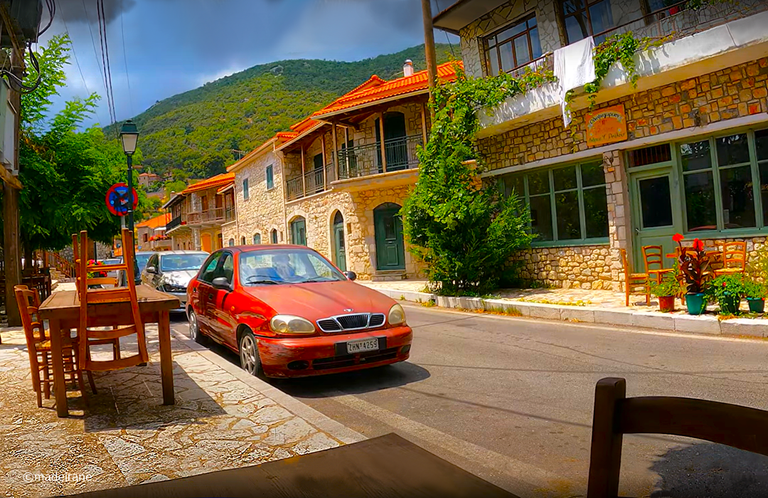
Higher and higher and higher, and finally we are at the goal - on the streets of the mountain village of Stemnitsa, which are so narrow that two cars cannot easily pass each other there. Stemnitsa looks like an old fortress town. Some buildings there date back to the 12th century. In the medieval period, Stemnica was famous for its metalwork.
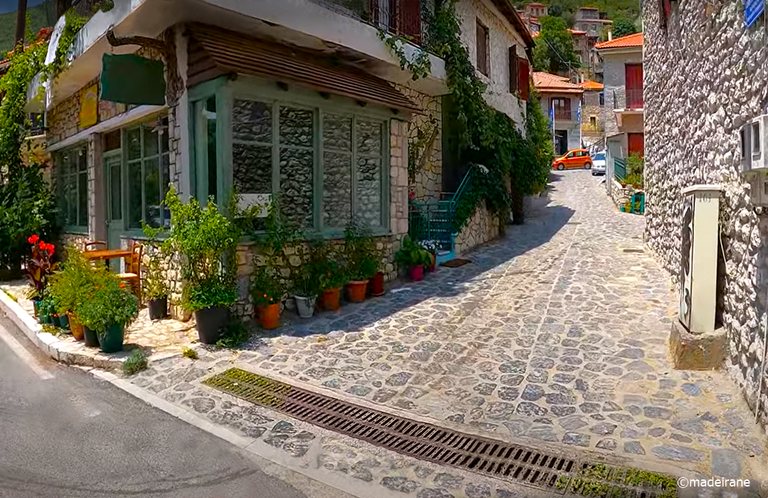

Stemnitsa area is loved by tourists not only for its natural beauty and some fascinating history, but the city is well known for its silversmiths and goldsmiths. Year after year, they produce rings, crosses, brooches, tableware for home use, silver icons and candlesticks for churches.

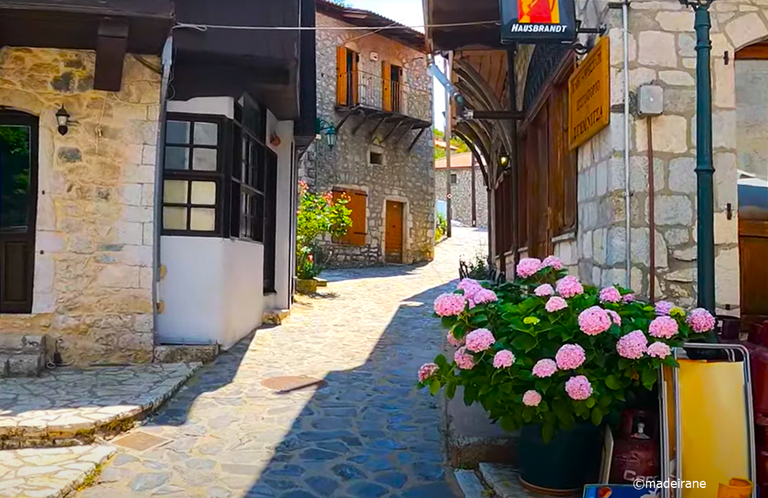
The settlement is located approximately at the western end of the Menalo mountain range, at an altitude of 1050 m above sea level, among dense pine forests. Stemnitsa is rightfully considered one of the most beautiful and colorful settlements in Arcadia.
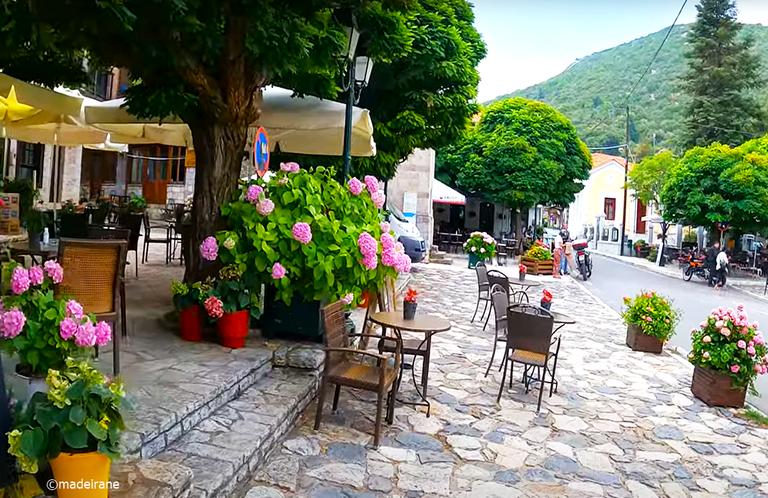
As it is surrounded by high mountains, the houses are perched right above the cliffs. Houses with tiled roofs cling to the mountainside like swallows' nests. Far, far below, the Lucia River flows. Needless to say, what views open from the observation decks!
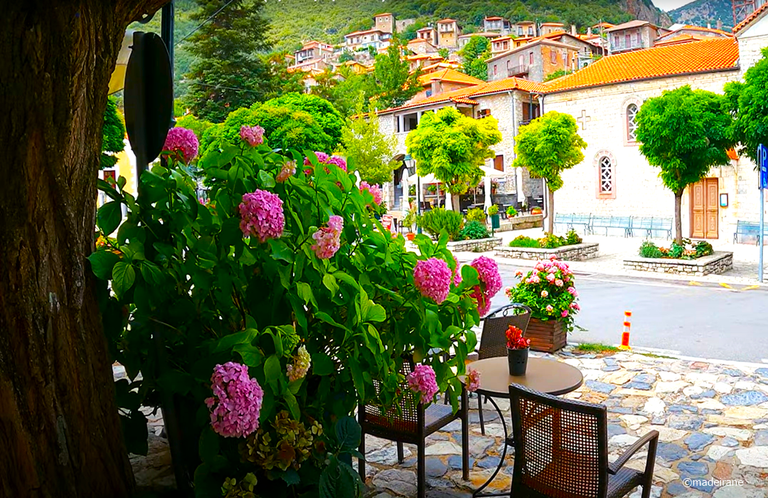
In ancient times, the city of Hypsous was located on the site of Stemnitsa. According to legend, it was founded by one of the sons of Lykaon (in ancient Greek mythology - the king of Arcadia). By the 2nd century BC, when the famous Greek traveler and geographer Pausanias visited these lands, the city had already ceased to exist.
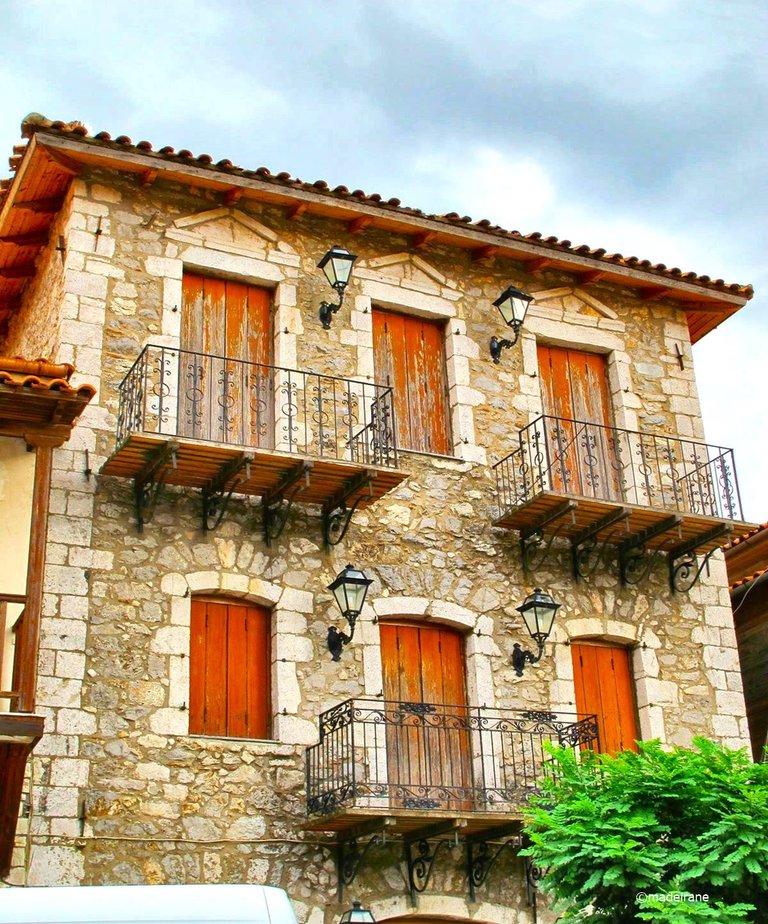
It is believed that modern Stemnitsa dates back to approximately the 7th-8th century and was founded by the Slavs, who massively settled the Peloponnese at that time, although the first written mentions of Stemnitsa date back to the beginning of the 16th century. The name of Stemnitsa settelment has old Slavic roots and it means 'forest land'.
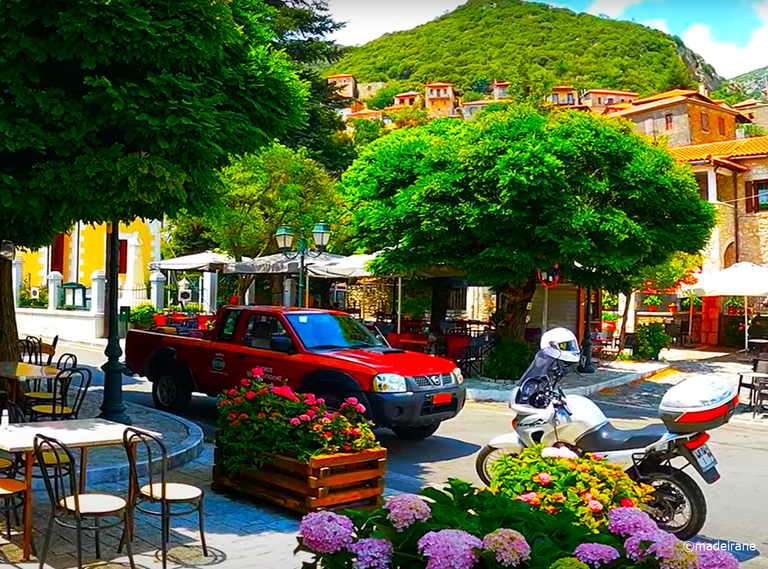
Because Stremitsa is remotely located, It served as a relatively safe refuge from the Ottomans and then became a center of Greek culture and religion. Here, the so-called “Peloponnesian Gerusia” was located - the provisional government of the liberated Peloponnese.
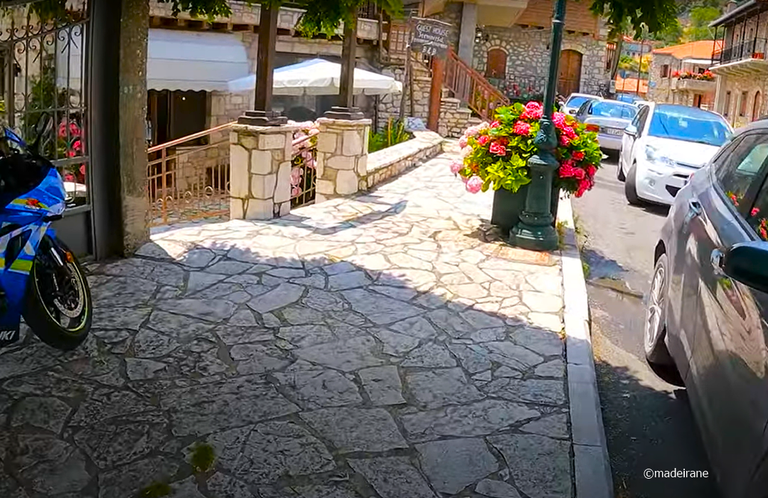
Today, Stemnitsa is a picturesque town with narrow cobbled streets and cozy squares, charming stone houses with red-tiled roofs and ancient churches, perfectly preserved to this day. Numerous jewelry shops await buyers and tourists, where they can buy original designer items made of gold and silver, for which Stemnitsa has been so famous since ancient times.
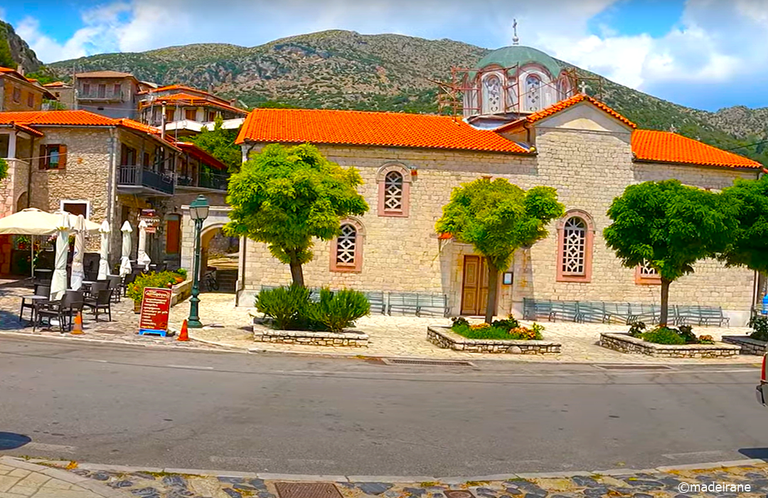
Everywhere you look there are red tiles. Old, in some places green with age, and in some places new, fresh.
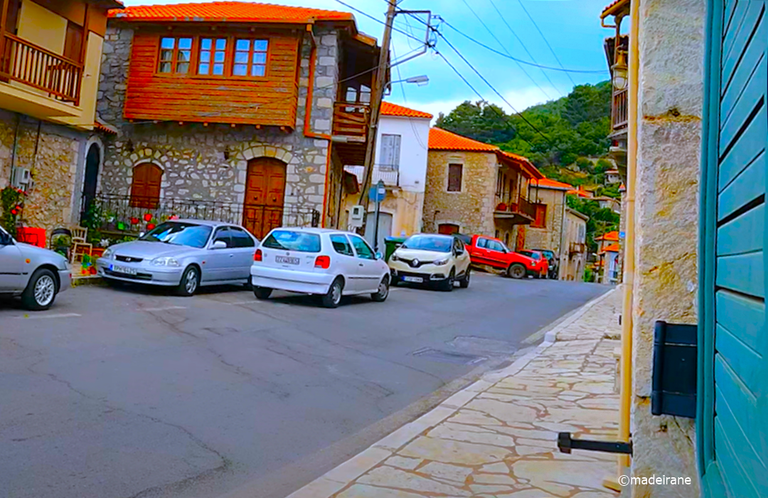
Many old churches from this period have been preserved in this area. They also have the excellent Folklore Museum there. If you will be lucky to visit it, you can enjoy various exhibitions dedicated to candle-making, a jewelry workshop, shoe repairing and copper tinning. All these crafts were the past traditional way of life of Stemnitsa. Also, there are ancient costumes, many copperware, various weapons and jewelry presented. Hovewer, we did not visit museum.
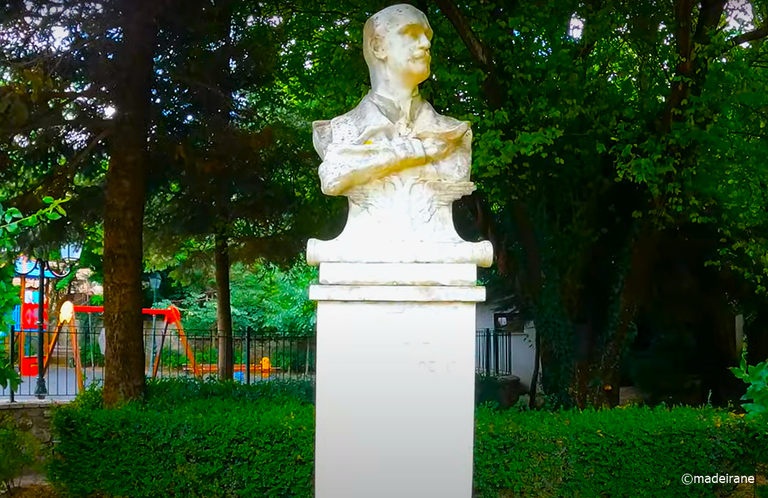
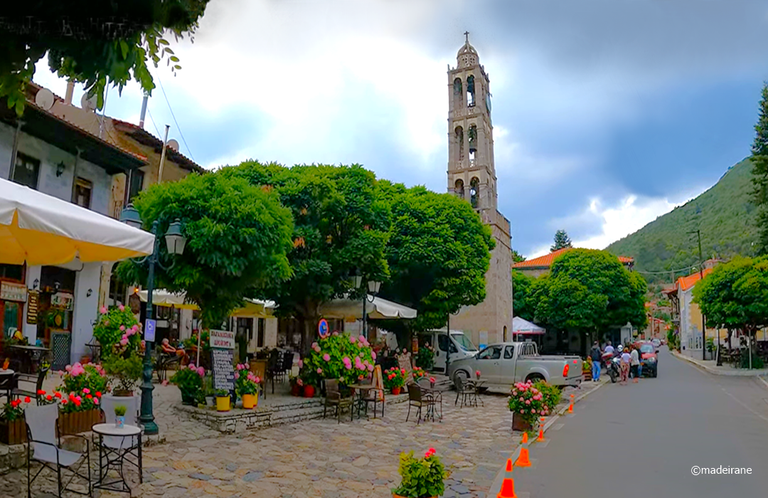
We decided to start exploring the town from the most interesting church in Stemnitsa - Zoodochos. It is located on a hill with a breathtaking panorama of the city! Unfortunately, the church turned out to be closed. We could not clarify its opening hours anywhere - even the Stemnitsa tourist information office could not tell us when it was open. We will try to visit this church on our next trip.
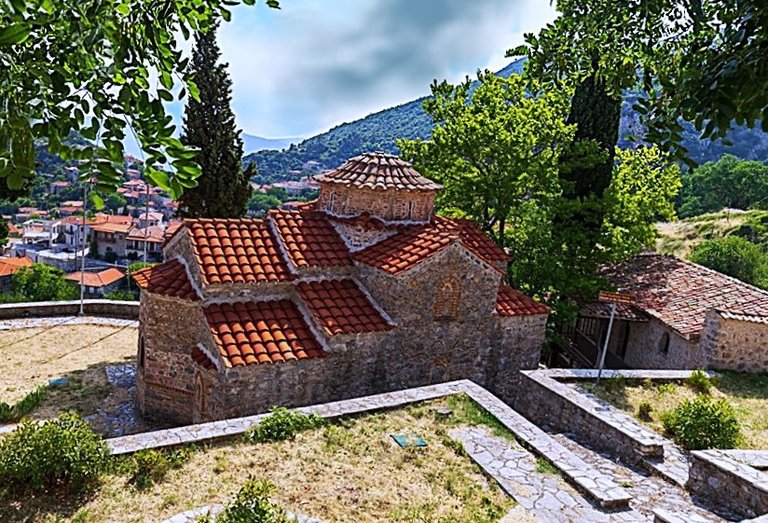
Of particular interest is the monastery of St. John the Baptist or Prodromos (1167), located about 7 km from Stemnitsa. Not far from the monastery, you can find the ruins of an ancient hospital Asclepius, that was built in honor of the god of medicine and healing. I already wrote about Asclepius in my other older posts. There is another church in the city with interesting frescoes - Agioi Taxiarches Church, but it also turned out to be closed.
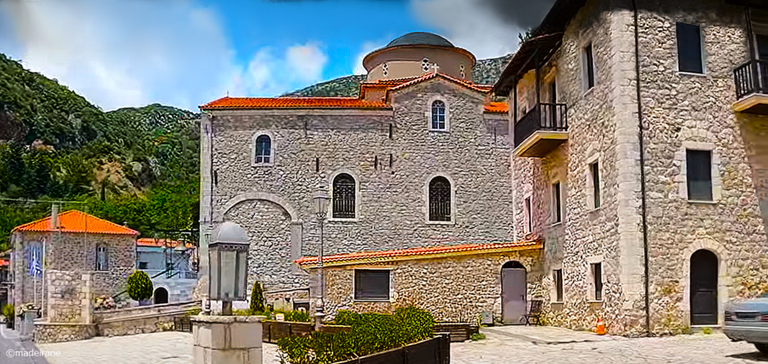

There are cafés in the central square under the shade of plane trees. The smell pulled us to the tables like a strong magnet, but first we needed to go up to all the observation platforms.

Frustrated by the closed churches and the voluntary refusal of an early dinner, we continued our journey to another observation point of Stemnitsa - its castle. Almost at the very top there is another Byzantine church, the Panagia Bafero. Of course, it was also closed. We tried to see at least something through the keyhole. But the views at the lookout are breathtaking!
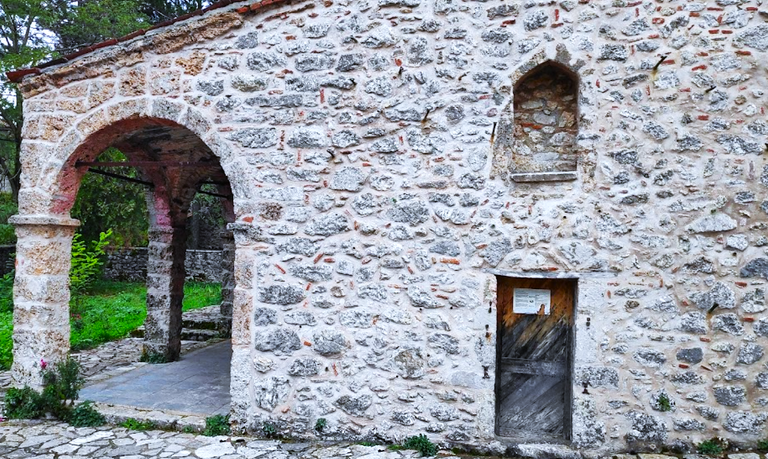
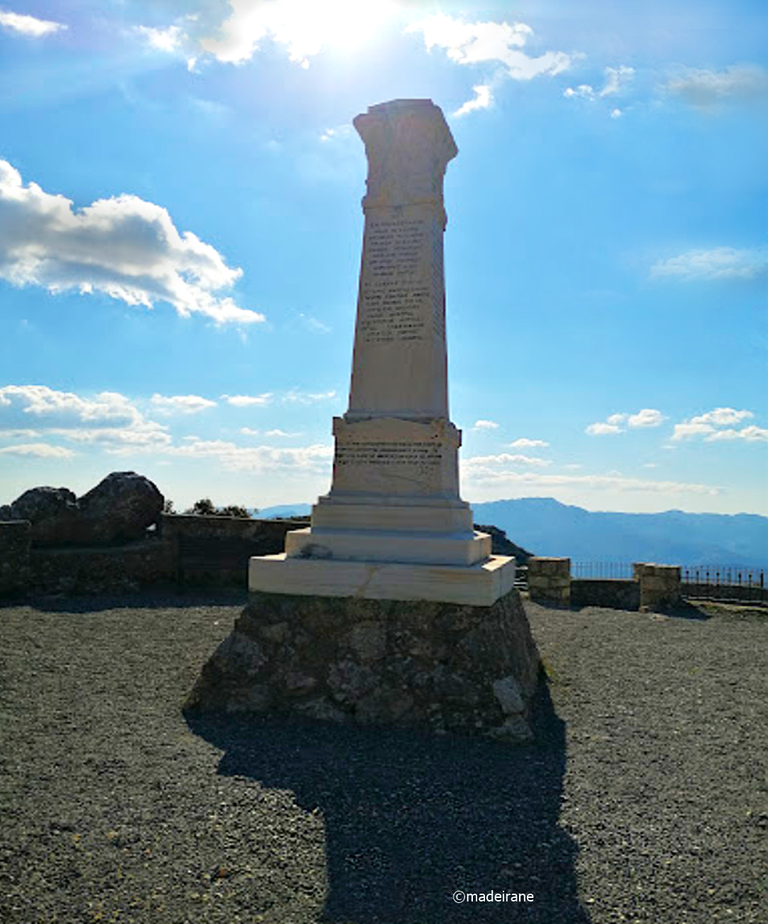
On the northern side of Stemnitsa, high on the mountain, there is also an observation deck and a chapel I.N. Agios Ioannis Prodromos, from where bomb views open over the entire town and the immediate surroundings. But either we were already tired, or were very upset because of the closed churches, but we decided to leave the climb to this lookout for another time.
You can walk through Stemnitsa from end to end in about 10 minutes, it’s so small. And now we are already on the outskirts, saying goodbye to one of its inhabitants and heading to the next mountain village.

These places really sank into our souls, and it was decided that on our next visits to Arcadia on the way to or from the sea, we would always stop by any village and rest our souls there.
💝💝💝💝💝💝💝💝💝💝
With love, @madeirane
Photos are taken by me.
© 2024
Sending you an Ecency curation vote